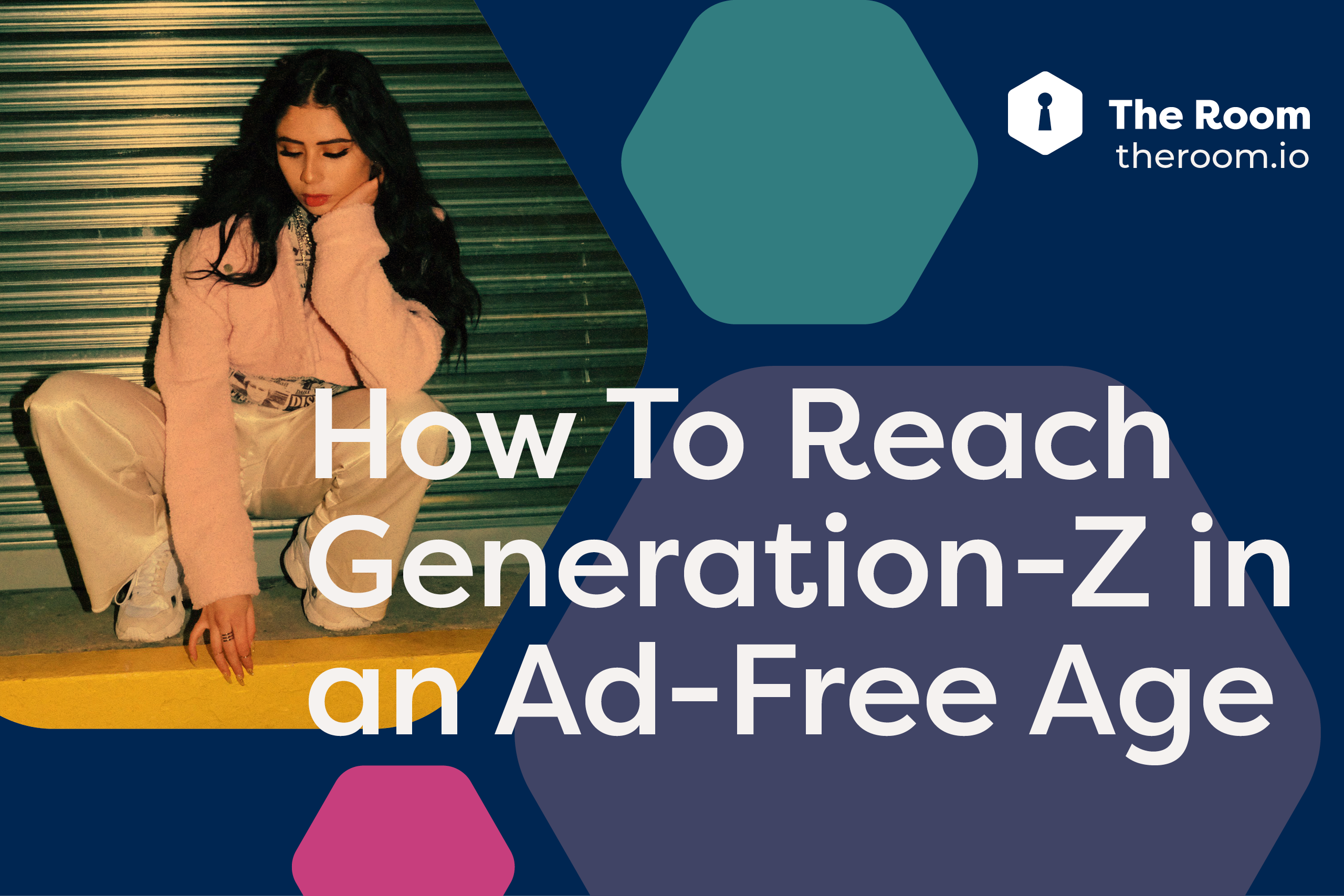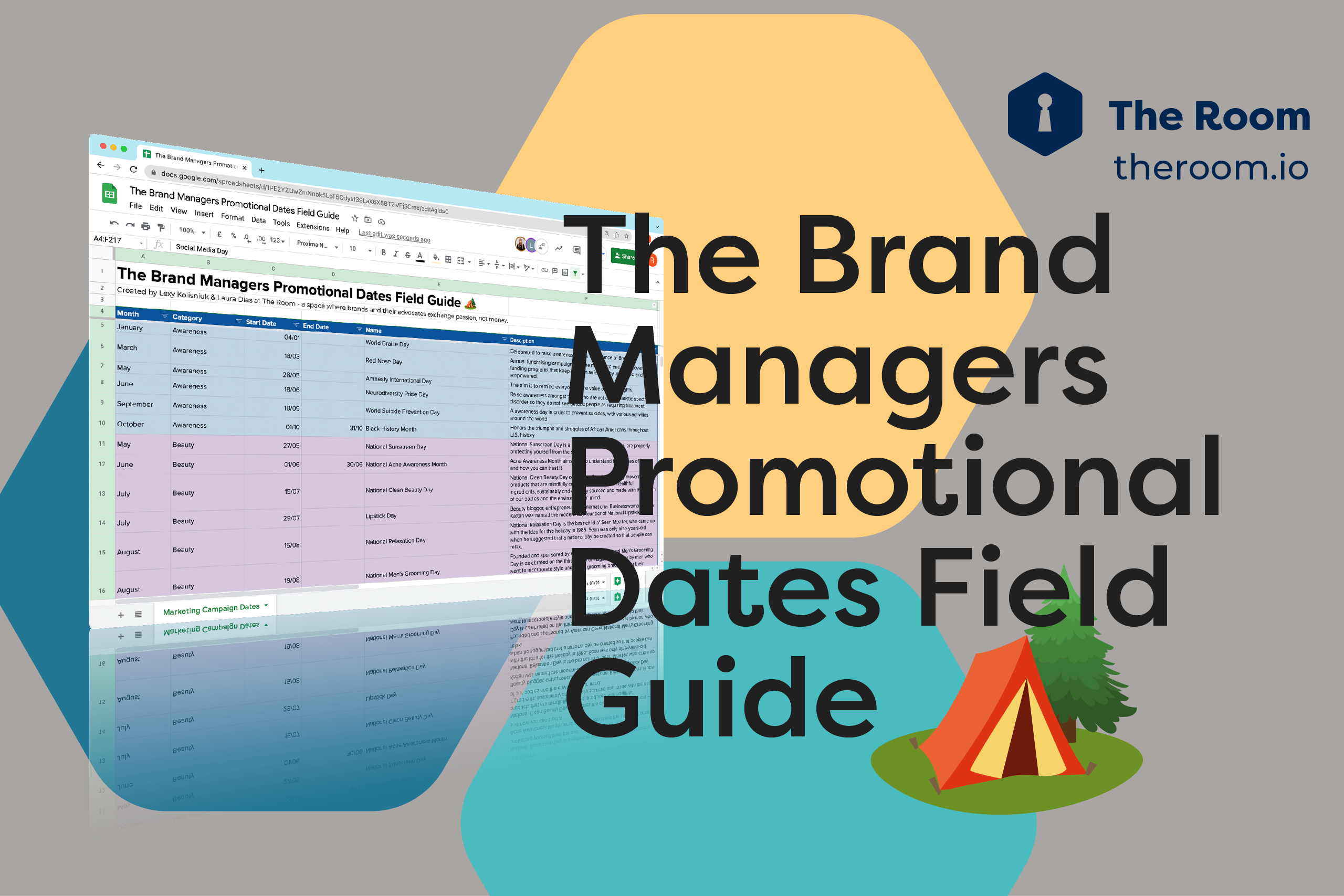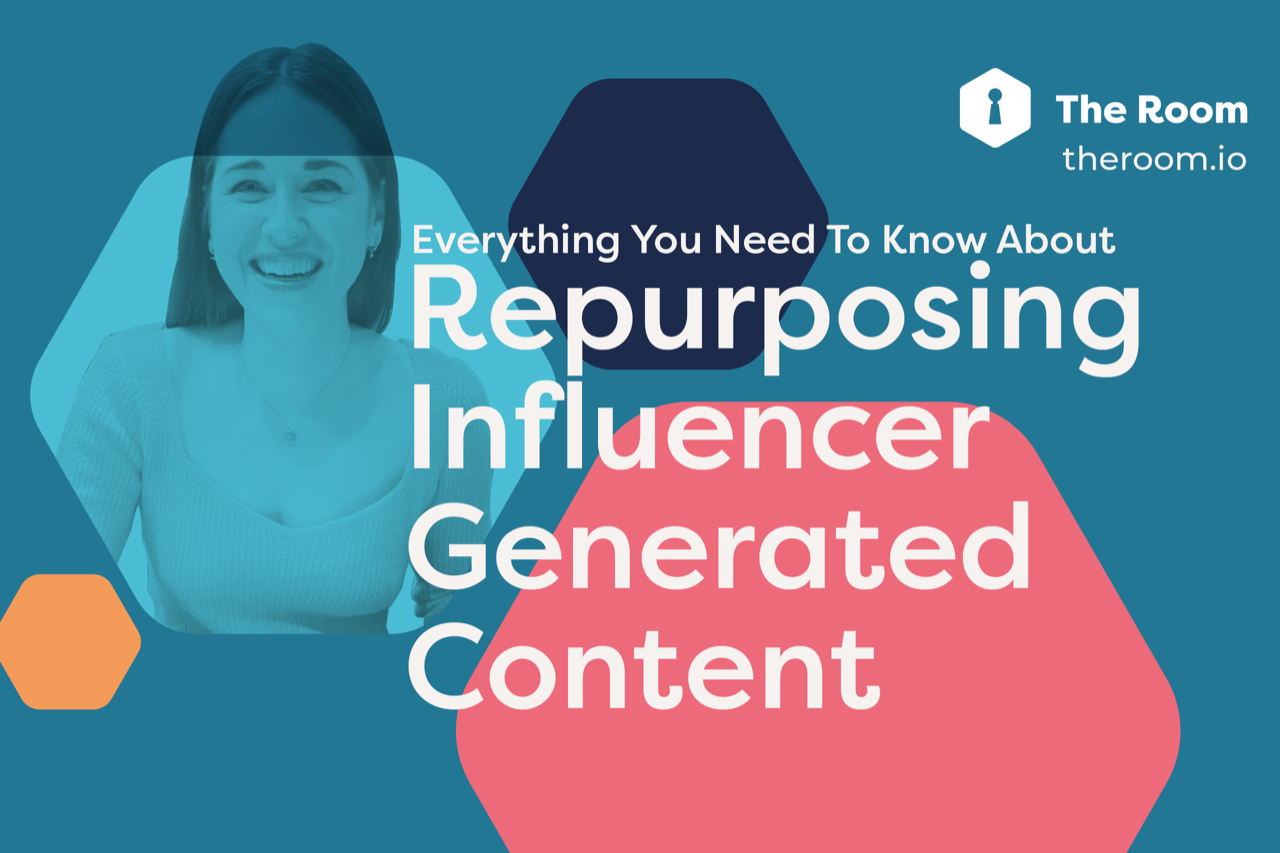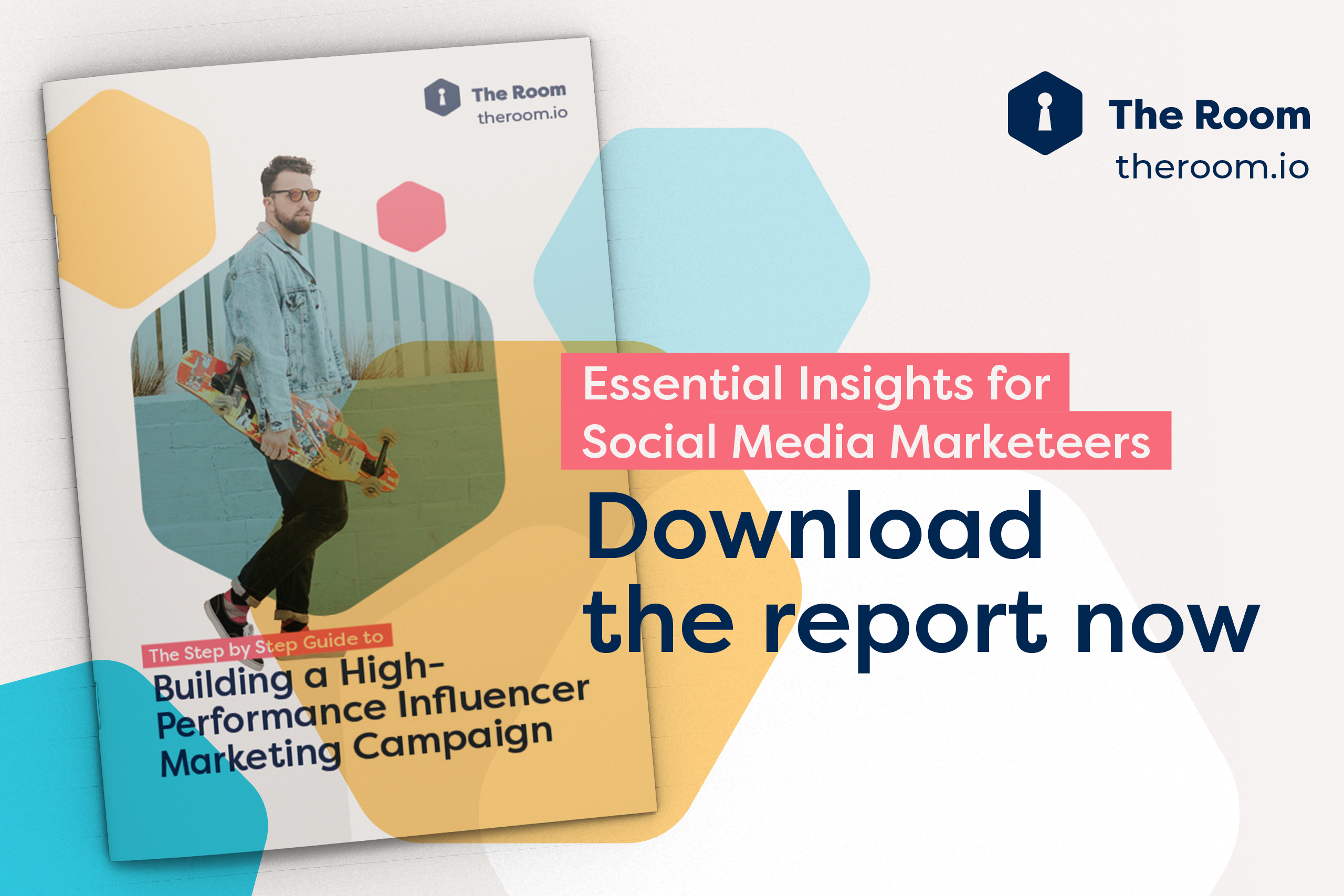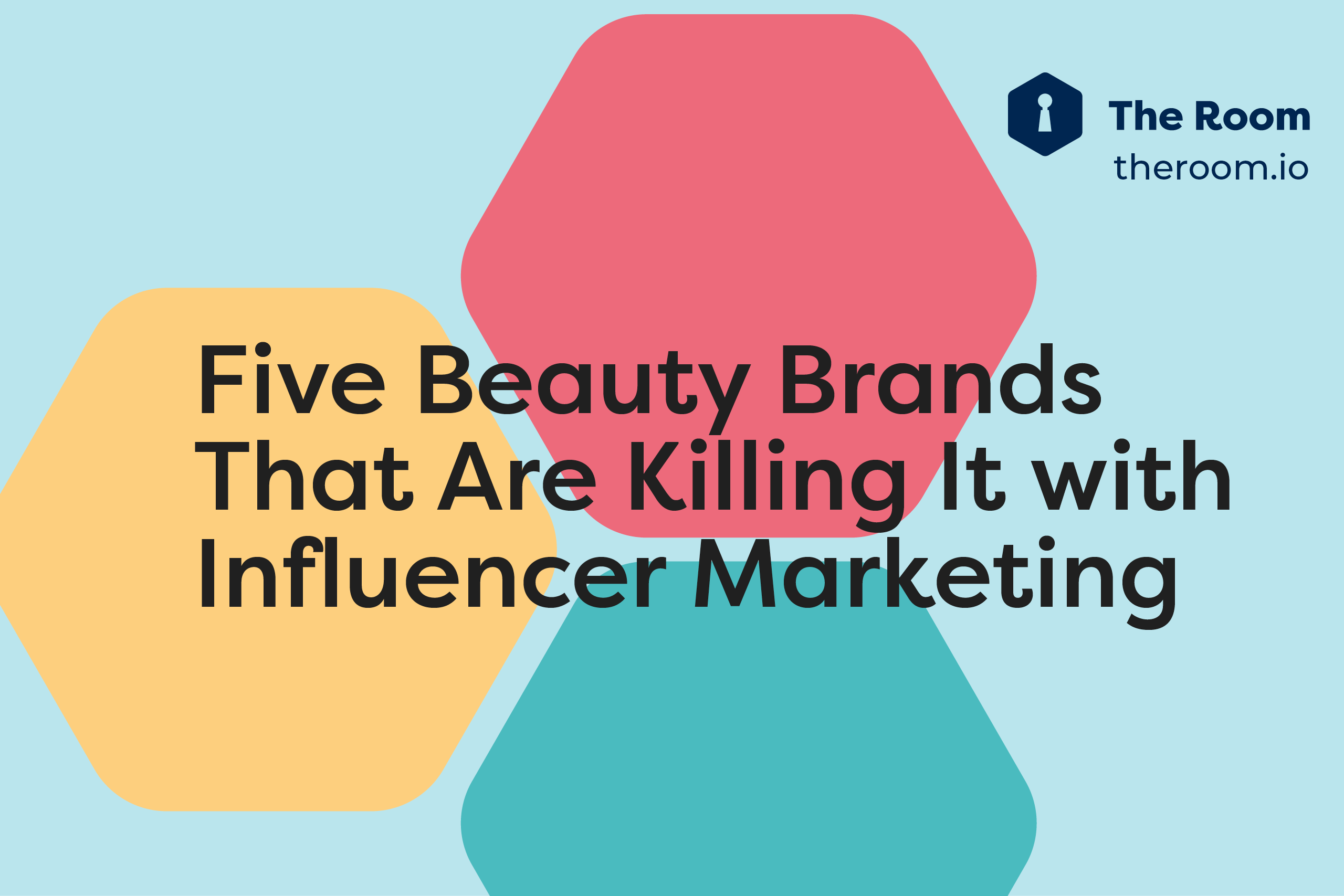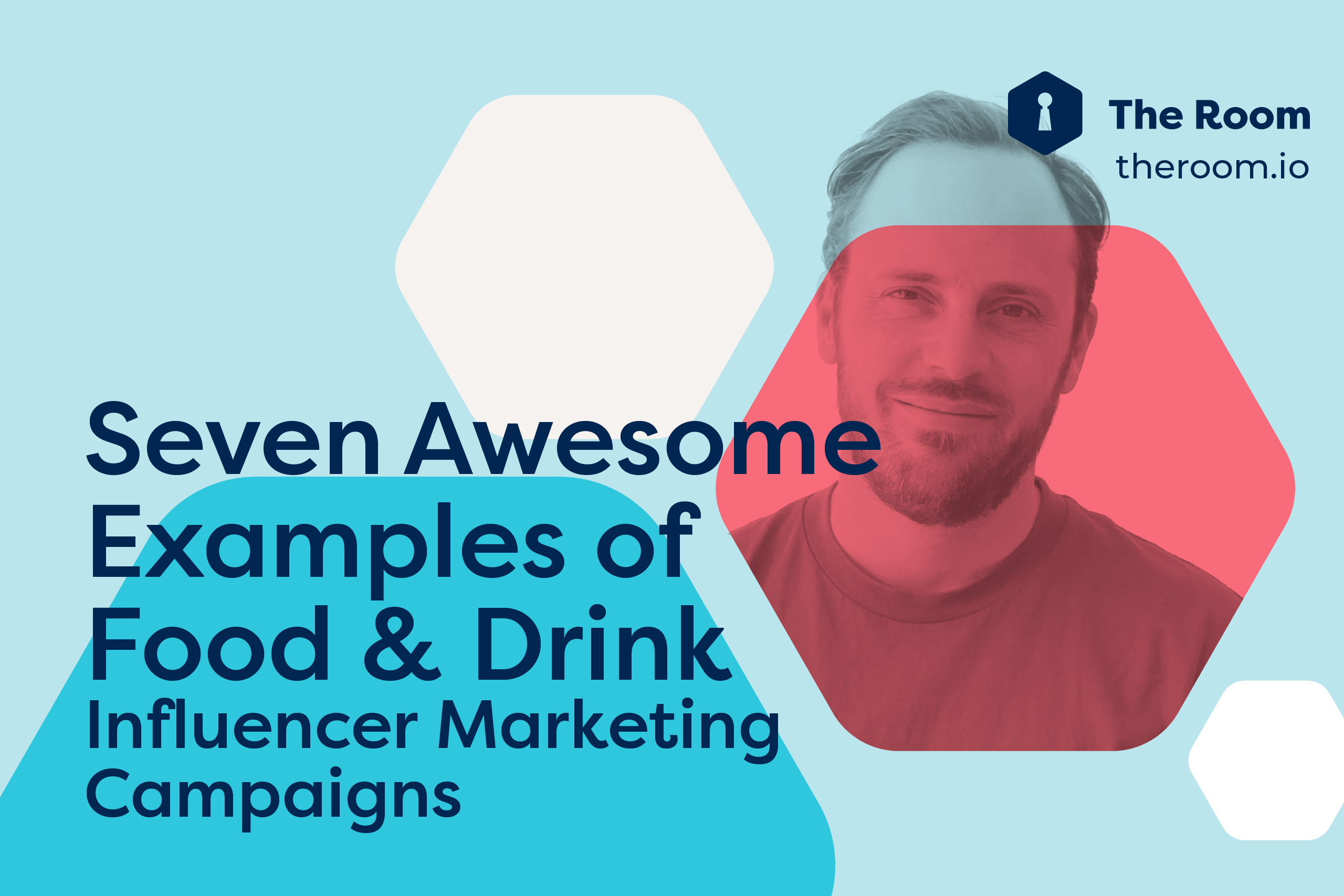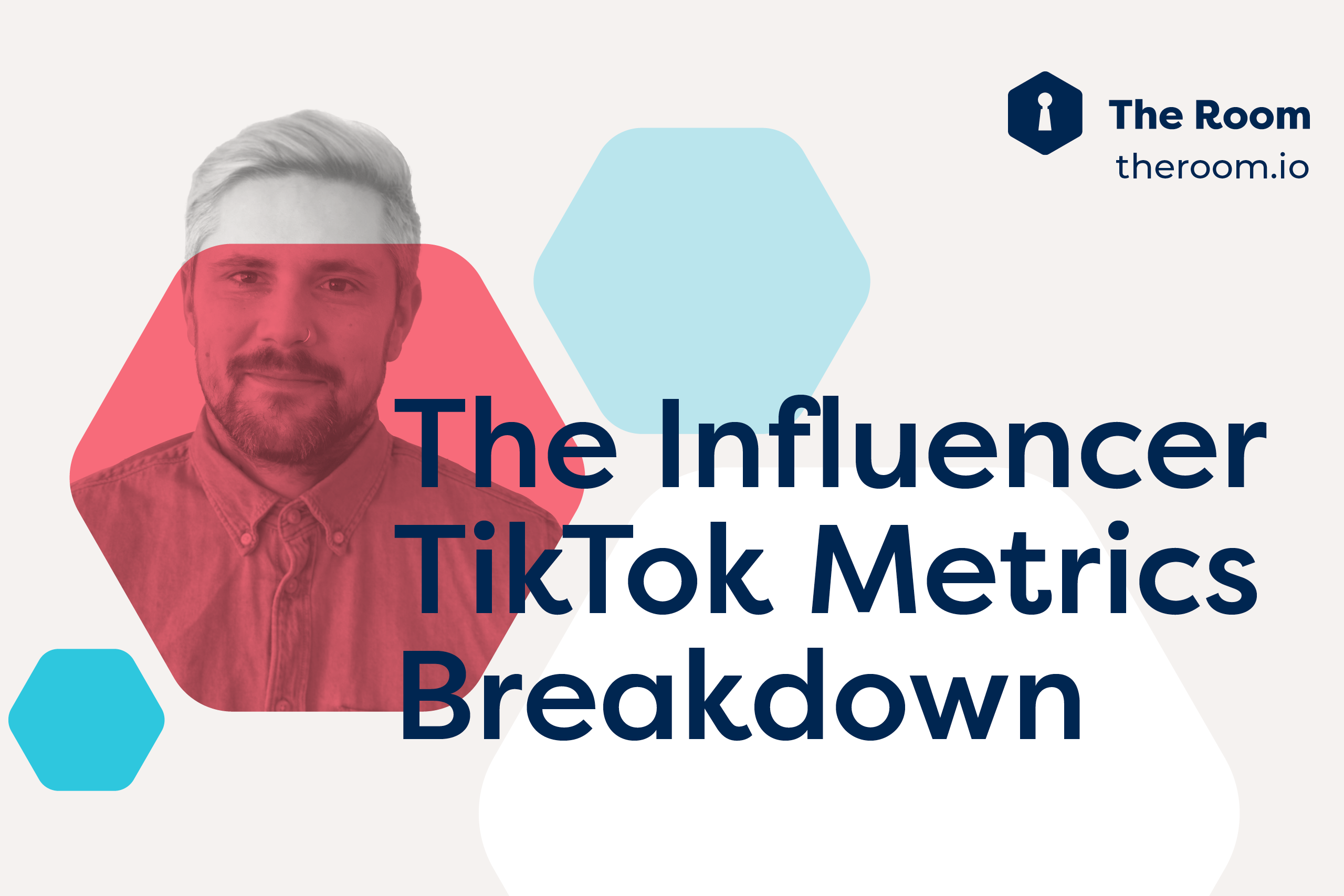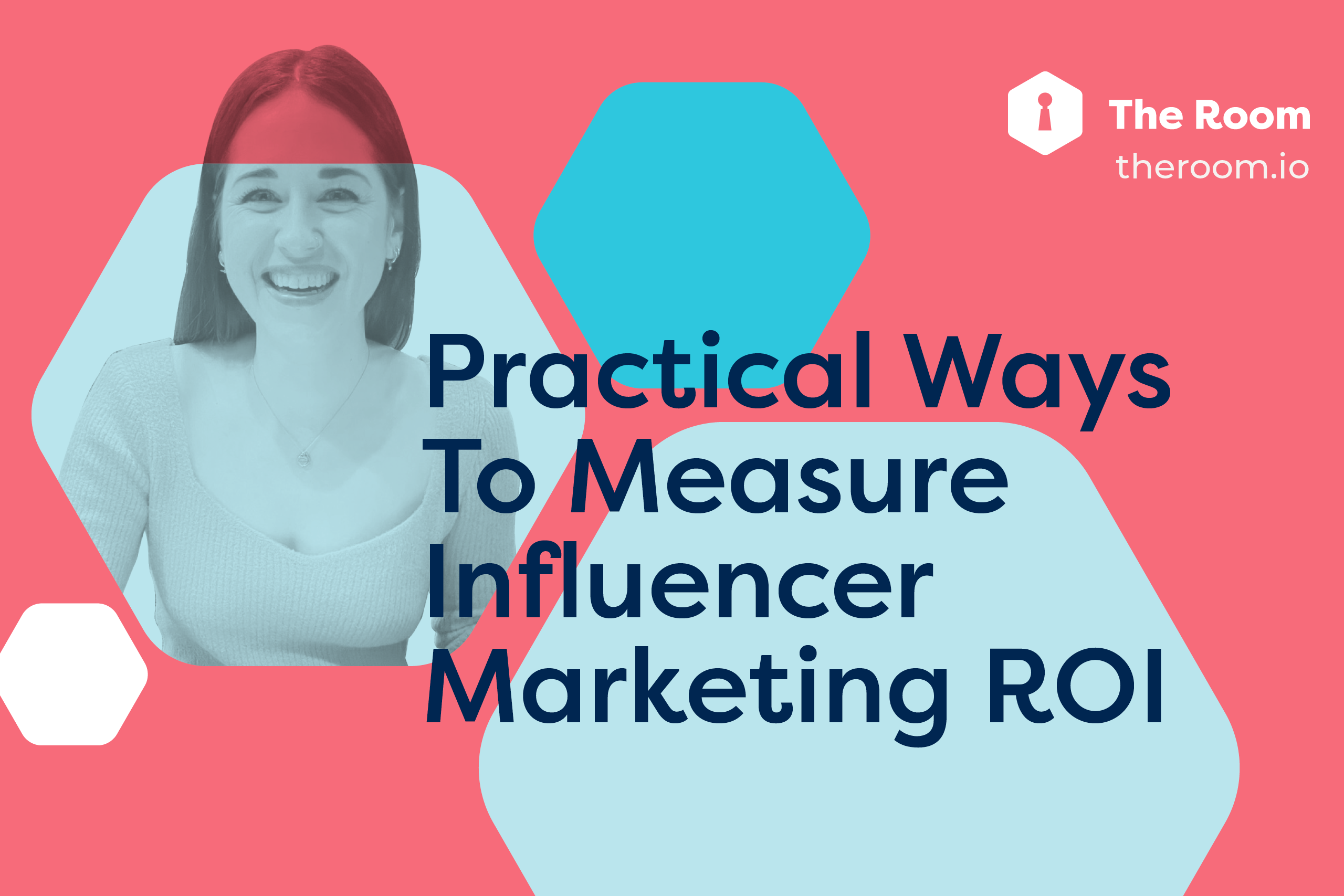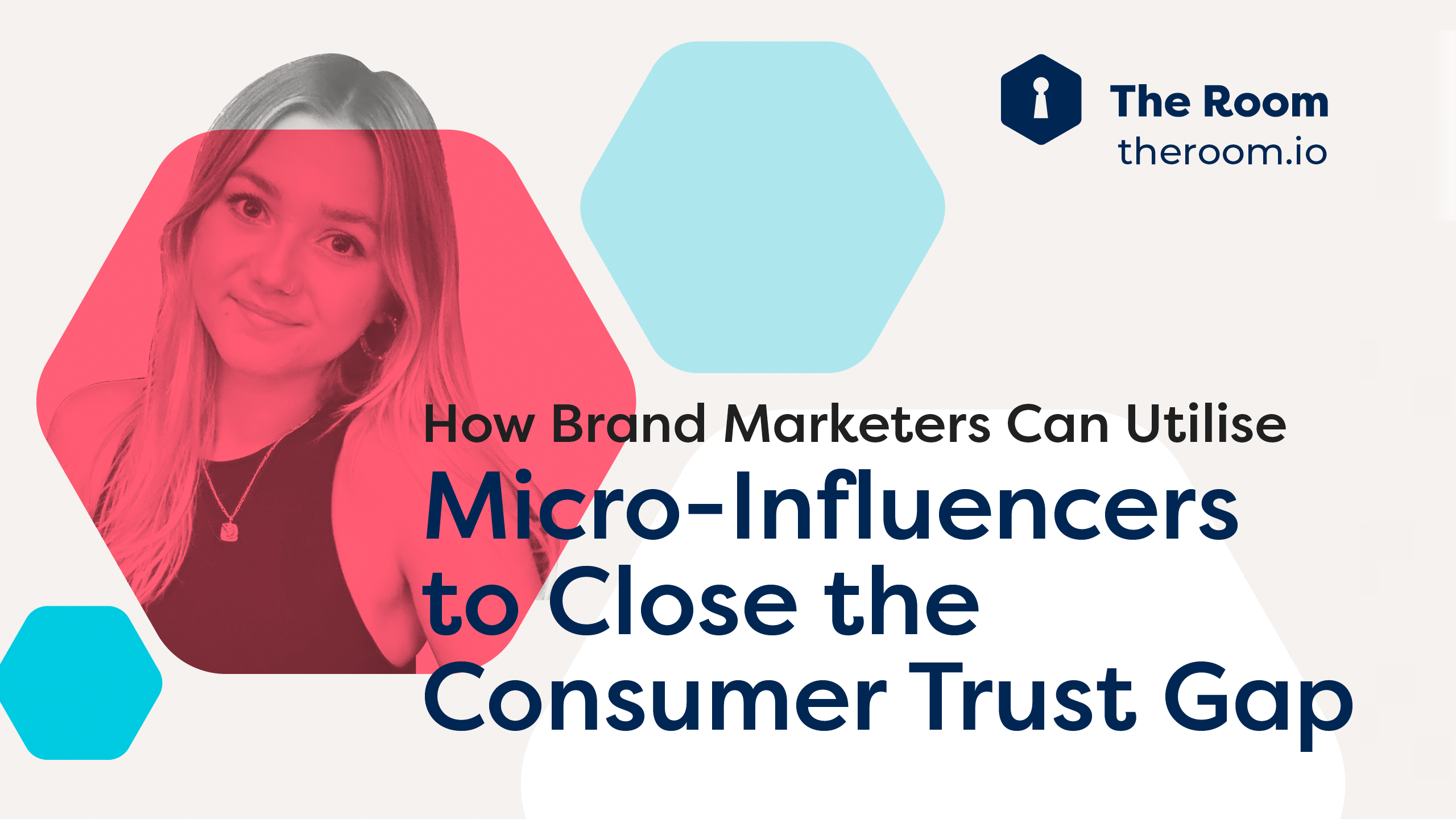Every successful marketing strategy starts at the same place: knowing your audience. Gen Z marketing is no different. What is unique to this generation, however, is the social and technological context its young people are developing in. The digital age shapes a lot of Gen Z culture, but the inverse is also true 一 they influence a lot of changes around social media.
Understanding this digital context is the key to unlocking the best practices for engaging with Gen Z. In this guide, we’ll detail the ten best social strategies for marketing to this rapidly emerging buyer group.
We’ve broken these strategies down into 3 macro sections every marketing manager should be aware of:
- Social Media
- Branding
- Engagement
Before we discuss how you can leverage each one, we need to establish the context mentioned above. Here’s what you need to know for every Gen Z marketing strategy.
Defining Gen Z
We say Gen Z is developing in a new context because most of its members are still young 一 younger than many marketers assume. The timeline can swing a year in either direction, but the Gen Z birth range is generally between 1997-2021. In 2022, this would make:
-
The oldest Gen Z members 25 years old
-
The youngest Gen Z members 10 years old
That’s an incredibly wide range of maturity, interests, and needs, but it comes with this part of the generational cycle. Ignoring that range is an error some marketers made with Millenials, the oldest of whom entered middle age last year.
Why is acknowledging this age range important? Because different sections of Gen Z influence different market trends. There are still common values between them, but knowing your audience is a matter of being specific.
Don’t worry, though. The strategies in this guide are broad enough for general application and flexible enough for tailored marketing. But what are these varying trends, and what Gen Z values are driving them?
Marketing Trends Shaped by Gen Z
-
Tech-savvy consumer base. Most social media platforms have a minimum age requirement of 13 years or older. The oldest Gen Z members already have a decade of social media experience. That puts them on par with Millenials for digital exposure, with both groups developing scepticism around disingenuous interactions on social media.
-
Almost exclusively online market. What separates Gen Z from their Millenial counterparts is a rejection of pre-2010 media. So not only are they incredibly discerning online, but marketers can’t rely on traditional tactics to engage with them either.
-
Access over possession. The younger half of Gen Z are minors under the care of parents and guardians. Being financially dependent in the digital age makes micro-payments a valuable way to get what they want. On average, Gen Z consumers pay $377 a month for subscription-based services.
Understanding an Emerging Generation
Let’s stay on subscription-based services for a moment. Even if we look at video streaming services in isolation, we can extract some valuable insights from them. In a 2021 survey on Netflix demographics, 78% of Gen Z respondents reported having a subscription, the highest of any generation.
YouTube’s two largest user bases by age are older Gen Z members (aged 15-25) and Millenials (aged 26-35). 77% of Internet users in both groups are on YouTube. The Gen Z percentage would be higher if it included the youngest third. YouTube even developed a kids version of their app to engage with this late section of Gen Z.
Another 2021 study asked consumers for the biggest reasons behind their video streaming preferences. The four respondent groups surveyed were Gen Z, Millennials, Gen X, and Boomers. The top 5 reasons from Gen Z in order:
Insights to Build Gen Z Marketing Around
Finally, before we break down the best marketing strategies available to you, we need to set a knowledge foundation with these insights. This foundation makes it easier to adapt each strategy to your specific advertising, branding, and campaign needs.
When it comes to Gen Z marketing, here’s what you should always keep in mind:
Gen Z prioritises digital media for one of two reasons: preference or practicality. The internet is a foundational part of this generation’s development and offers them a level of freedom, autonomy, and accessibility. These are values baked into their consumer behaviour.
Gen Z behaviours are constantly evolving. These young consumers move rapidly through development phases and will change accordingly. Your targeting needs to be specific to a phase and up to date on the consumer context behind it.
Gen Z is driven by their values, namely authenticity, meaningful interactions, and genuine connections. A generation socialised online learns to spot disingenuous engagement a mile away. Gen Z grew up with digital options for everything, and won’t hesitate to move onto competitors who better align with their values. Make sure you’re one of them.
10 of the Best Gen Z Marketing Strategies
Right, it’s time to break down the most effective strategies for marketing to Gen Z. These strategies are based on three key factors:
-
Where Gen Z consumers spend the bulk of their time (social media)
-
The content they interact with most (engagement)
-
Their operating values and consumer expectations (branding)
These aren’t mutually exclusive categories. The strategies below work best in tandem, even if you only apply the guiding principles behind them. Let’s start with the best marketing advice based on Gen Z’s unique relationship to social media.
Social Media
Gen Z is the single most active demographic on social media, and that’s across all the major platforms. Given that they’re the first generation of true digital natives, it’s easy to understand why. For marketers and brand managers, it isn’t enough to see social media as a means to engage with Gen Z.
With an estimated spending power of $142 billion, social media platforms are developing to cater to Gen Z specifically. This is a generation shaping the very tools we have available to market to them. As a result, we need to create strategies that align with those developments and Gen Z consumer trends.
Although Boomers are still the generation with the highest accumulated wealth collectively, this is largely due to excess savings, investments, and the natural economic progression governed by time.
That wealth doesn’t get funnelled through social media platforms, either. In fact, it doesn’t get funnelled much at all. As far as the online sphere is concerned, Gen Z is set to overtake Millennials as the dominant buyer group in just a few years.
So how can you better market to them?
1. Visual Content
Visual content isn’t just a powerful Gen Z marketing tool. We could argue it’s the most important. Digital media far outweighs traditional content in terms of reach, engagement, and marketability, even on traditionally non-visual platforms. We see this most clearly in the social media Gen Z uses the most.
Instagram ranks as the most popular social media platform for Gen Z, with 72.8% of the generation’s internet users on it. The gap between the first and second most popular platforms is incredibly wide too. Snapchat, in second place, has 60% adoption from Gen Z internet users, followed closely by TikTok at 58.3%.
What’s the common denominator between these three giants? Their primary investments, at least in terms of content, are almost exclusively tied to visual media. Images have always been a marketing staple, even in traditional media, but today, short-form videos are the dominant content.
Short-form is the key term here. Regular Instagram videos are capped at 60 seconds. Instagram Stories only go up to 15 seconds per post. Even Instagram live streams are limited to 60. Snapchat and TikTok follow a similar trend. There are practicalities behind this for the platforms. A 10-second video still occupied more server space than a 3000-word blog article.
That said, videos also just outperforms any text-based medium in terms of user preference. 54% of consumers say they want to see more of it too. As a marketing tool, visual content is more stimulating, easier to absorb, and more memorable.
This ease of consumption, in turn, makes the content easier to share. These are all the conditions required to maximize viral potential. Content that can “go viral” has the greatest return on investment (ROI) in terms of visibility, engagement, and brand awareness.
2. Optimising for Mobile
Gen Z’s heavy preference for social media goes beyond the content they consume. Marketers should also consider the devices these audiences primarily use social media through. Gen Z dominates mobile device uptake, with 98% of its members owning a smartphone.
More importantly, Gen Z mobile users spend a daily average of 4 hours and 15 minutes on their smartphones. This isn’t necessarily groundbreaking on its own. Every current generation has mobile devices as their main preference, but the value here is the activities they engage in.
Where Gen Z stands out among all mobile users is in their affinity for social media. Using a social network is the number one smartphone activity for Gen Z. 95% of their mobile users visit a social media platform at least once a month via mobile. That outperforms activities like:
By comparison, only 72% of Gen Z members visit a social media site by PC/Laptop. Marketers shouldn’t just optimise their content for social media, it should also be tailored for smartphone consumption. You want to take advantage of what it means to have a social-media-loving, mobile-dominant audience.
You can’t afford to miss out on incredible benefits like:
-
An audience that can see your content even on the move
-
Responsive audience tools (likes, shares, comments)
-
Push notifications for followers
-
Analytics (impressions, clickthrough rates, demographic insights)
-
Low-cost, high return branding
Mobile optimisation is tied to many of the same marketing principles that drive the other social media strategies listed here. Mainly, you want to optimize your Gen Z content to be:
-
Highly digestible (simple but striking ideas)
-
Easily viewable on a smaller screen
-
Structured with white space for quick scrolling/scanning (no lengthy paragraphs)
-
Stimulating to the eye (at least one visual element)
3. Live Streaming
Visual content isn’t limited to pre-generated media. Looking at the current trends around videos on social media, marketing in the near future is going to be near-impossible without a new element 一 live video.
To understand why live videos are set to become a non-negotiable asset for digital marketing, we need to track the medium’s underlying trends.
The average internet user has watched over 100 minutes of daily video content since 2019. Cisco reports estimates that 82% of overall internet traffic will be video content this year. More than images, more than audio, more than text, video is fast becoming the medium of choice for consumers, brands, and the social platforms themselves.
Live streaming combines the power of video with live content for an immersive consumer experience, especially where Gen Z is concerned. It’s easy to see why if we look at the top three social media apps for Gen Z again.
Instagram, TikTok, and Snapchat drive an incredible amount of traffic through their live video features. Over a million Instagram users watch live content every day on the platform. 26% of Gen Z members in the US and UK watch live videos on Instagram. The only live platforms they use more are Facebook and Zoom, although there are other reasons for this.
Facebook (or Meta) is still the dominant social platform overall, but as Instagram’s parent company now, it’s essentially the same ecosystem. On the other hand, Zoom has simply become a necessity since the pandemic started.
Speaking of which, Instagram saw a 70% increase in live video streaming in March 2020. Digital creator investments in live video rose by 28% in 2020 overall. This is consistent with the top reasons Gen Z prefer video streaming, mentioned above:
-
Staying home due to COVID-19
-
Access to content anytime and anywhere
-
New or original content
Reaching Gen Z in 2022 and beyond starts with appealing to those preferences. Live content isn’t just here to stay 一 it’s set to dominate Gen Z marketing trends.
4. Shorter Production Cycles
Let’s recap before we look at the final strategy focused on social platforms specifically. Gen Z:
-
Prefers dynamic visual content
-
Is a mobile-dominant userbase
-
Gravitates towards live video more than any other generation
What does this mean for the content you’ll need for Gen Z marketing, and how do you optimise it? Simply put: you need shorter production cycles.
Investing heavily in a single piece of content is a poor way to draw in Gen Z. You’ll end up spending a lot more time and money on a post you can only upload once. That’s ineffective for thee reasons.
Firstly, on Instagram alone, you’re competing with 95 million new posts every day. Because the platform no longer arranges its newsfeed chronologically, you’re also competing with posts uploaded 24-72 hours prior.
Secondly, a single post is only one point of engagement for your audience. It’s almost impossible to market effectively with it unless your brand has a large audience already.
Lastly, social media algorithms reward consistency over one-time engagement spikes. If you want to train those algorithms to promote your content for you, you need to feed them content regularly.
Creating content through shorter production cycles addresses all three issues by:
-
Increasing your presence on people’s timelines
-
Boosting metrics with multiple engagement points
-
Training algorithms to promote your profile for organic growth
Gen Z audiences burn through content whether they’re scrolling text, viewing images, or watching videos. This isn’t just a generational trend, social media apps reinforce it in their user experience (UX) design through variable-ratio schedules.
Variable-ratio scheduling is just a fancy term for creating repetition in an action (scrolling) by varying its outcomes (what you’ll see in the next post). We see this in design features like infinite scrolling and the automatic transition when viewing stories.
To capture social media’s most active demographic, marketers have to be aware of the design features that shape online activity.
Branding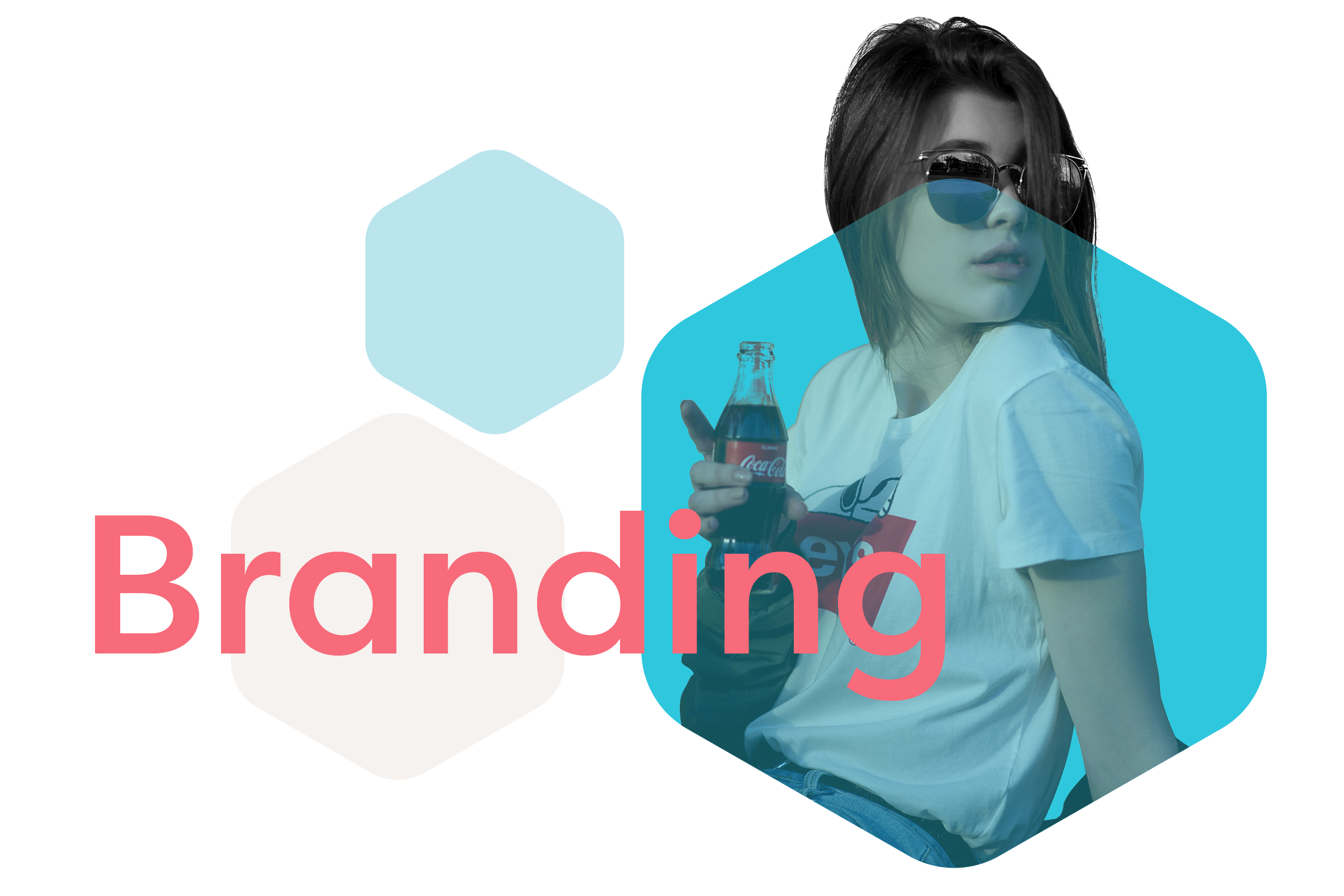
Social media strategies lean more towards the technical tools of digital marketing. Branding has technical elements too, but it encompasses a wider range of cultural considerations. When it comes to Gen Z’s consumer patterns, technology is only one contributing factor.
In the age of online connection, Gen Z has developed a high level of cultural literacy around online businesses. They place a lot of weight on operating principles. The products advertised to them are only as worthy as the brand values behind them.
As CEO and marketing consultant Erik Huberman writes:
Branding has always been a trust-building exercise between companies and consumers. That process is unique to every generation. So what are the most effective branding strategies for Gen Z marketing?
5. Authenticity
In a consumer, cultural literacy is more than an understanding of traditions, behaviours and social norms. It’s the ability to examine brands with the same perception applied to individuals. Faceless corporations don’t resonate with a generation raised in a global online community.
Authenticity and transparency should be the goal for any brand that wants to build a Gen Z audience. That global online community didn’t create a monolithic generation, quite the opposite. It encouraged forming connections while simultaneously developing a strong sense of self.
Gen Z knows what a genuine interaction looks like online, especially on social media. For brands to align themselves properly, they need to display that authenticity in every interaction and post. Gen Z consumers prioritise authentic engagement even as their definition of it changes in real-time.
You can see this in how online businesses adapt their tone, messages, and values to what they think Gen Z wants. Take, for example, the more casual, slang-heavy language many marketing firms have adopted. Where brands like Wendy’s made this work with witty banter in 2019, it’s become cliche and predictable in the three years since.
Why? Because if every brand tries to be “authentic” the same way, it reads like the exact opposite. Raised in an era flooded with every kind of information, Gen Z doesn’t mind having diversity in the messages they consume. In fact, they look for it.
Here’s the brand authenticity Gen Z expects:
-
Relatable content that touches on their values
-
Genuine displays over a manufactured aesthetic
-
Transparency in customer service responses
-
Purpose-led messages and stories
-
Honest communication on public platforms
These expectations underpin every interaction between Gen Z and online brands, even as marketing approaches change.
6. Accessibility and Transparency
In traditional media, it’s easier to separate how companies and consumers perceive each other. To a business, consumers are an audience. The goal is to engage that audience, sell products, and develop brand loyalty. To those customers, businesses are service providers and solutions to their problems.
Even when customers expect socially responsible behaviour from companies, traditional media doesn’t leave much room for accountability. It’s a one-way communication stream. Because of that separation, previous generations didn’t have much direct access to brands. Old marketing models were shaped in that context.
Digital media don’t just make that separation harder, it blurs the line at times. Gen Z consumers have a two-way communication stream with brands via their social media profiles. They expect that access. Without it, brands can’t foster customer loyalty, let alone build trust with wider audiences.
Brands that shy away from that direct access set off alarm bells in Gen Z audiences. They risk developing a reputation anywhere from aloof or gimmicky to opaque or shady, To effectively engage with Gen Z, brands need to offer more transparency. This pairs well with the authentic approach detailed above, because Gen Z values real experiences over curated ones.
Over 60% of Gen Z consumers prefer ads with regular people over famous personalities. Celebrity endorsements don’t resonate with them because that status level is inaccessible and separate from the general public.
7. Online Reputation
So how does a brand develop an online reputation that Gen Z audiences gravitate towards? Well, here are three factors that will guide your approach:
-
Your existing brand reputation
-
Product quality
-
Customer service record
Let’s start with a brand’s existing reputation. Despite being a fast-moving generation, Gen Z still appreciates longevity. 59% of Gen Z consumers say they trust brands they grew up with. They’re sceptical of unearned hype, but that doesn’t mean they’re impatient. Focus on building trust long-term.
Product quality matters to an online audience with instant access to reviews. 66% of Gen Z respondents picked quality as the most important attribute for brand connections. According to survey feedback, Gen Z is twice as likely to leave positive feedback than a complaint, so bad product reviews will stand out.
Negative reviews aren’t fatal. Gen Z is pretty forgiving when brands invest in good customer service. Authenticity and transparency show up here again. A strong customer service record elevates any brand and displays the exact values Gen Z expects.
Engagement
 Gen Z members want to interact with real people and have genuine experiences. They want at least some of that realness from businesses too. This can be tricky when your goal is to make a sale or promote a product 一 but not impossible.
Gen Z members want to interact with real people and have genuine experiences. They want at least some of that realness from businesses too. This can be tricky when your goal is to make a sale or promote a product 一 but not impossible.
Gen Z consumers don’t necessarily hate sales pitches. However, they’re sceptical of interactions that lead with them, especially in the age of unreliable information. So what can your brand do?
We have three engagement strategies to help you balance meaningful interactions with marketing impact.
8. Micro-influencers
Celebrity marketing doesn’t resonate with Gen Z audiences. Neither do sponsored posts from celebrity-level influencers. Those aren’t personalities that can engage with Gen Z on their level. Their motivations don’t align with Gen Z’s.
Micro-influencers, on the other hand, can hit all the right notes. We generally define them as online personalities with between 10,000 and 50,000 followers. They’re large enough to command respect within their niches, but still accessible to their communities.
As influencers, they still act as product curators. The brands they associate with get the benefit of social proof while a trusted voice advocates for the product. 89% of businesses that used influencer marketing reported an ROI comparable or better to other marketing channels.
To a Gen Z audience, micro-influencers represent:
-
A reputable voice within a closed community
-
Social proof for the products they attach their reputations to
-
An endorsement from someone who already knows what they like
Micro-influencer marketing works best when brands take the time to research first. You want to work with an influencer who makes sense for your product. They need a good track record of past endorsements to ensure audience trust. You can use platforms like The Room to manage authentic influencer marketing campaigns.
9. Promoting Experiences, Not Just Products
There are several themes running through these strategies, all created by Gen Z behavioural trends. The collective desire for authenticity and enriching interactions manifests itself in an interesting way when it comes to this group’s marketing preferences.
Gen Z members crave experiences over material possessions. They like brands that focus on the customer experience and know how to create memorable moments. That’s what sticks with them long after an engagement is over. Their experiences with your brand are what they keep in mind when scrolling through your product catalogue.
Those experiences are your number one advocate at the sales point.
As NVE Experience Agency founder Brett Hyman notes:
10. Interactive Campaigns
Interactive campaigns are a great way for brands to involve their audiences in the marketing process. There are several ways to do it, but the goal is the same 一 impactful and memorable engagement.
When customers who love your brand advocate for it to their followers, you leverage the power of word-of-mouth and social proof. Interactive campaigns focused on Gen Z also create genuine and memorable experiences through that power.
“Tag-a-friend” campaigns are one of the more popular examples of an interactive campaign. Unfortunately, they’ve been overused (and misused) as a promotional tool, so they can come off as gimmicky. That said, tags are still a valuable social media tool when subtly used.
Rather, create a tag to promote meaningful interactions between audience members. Use one that encourages storytelling and experience sharing. Whether it’s a question or a conversation starter, base it on your core audience’s values.
The topic only needs to be related to your brand, it doesn’t need to point back to a product link. Interactive campaigns let people personalise your brand voice and curate the message they deliver to their followers.
It’s the perfect strategy for marketing through user-generated content (UGC). Some of the best interactive campaigns loved by Gen Z include:
-
#ShotoniPhone (UGC promoting iPhone cameras)
-
#SpotifyWrapped (UGC sharing compilations of top Spotify streams)
-
#GoProMillionDollarChallenge (UGC promoting video highlights captured with GoPro)
Final Thoughts
Gen Z marketing is about how you build personalised connections with the young people in your audience. It’s based on understanding the world as they experience it, and the values shaped by those experiences.
To this generation, a brand that aligns with their values is the only one worth investing in. Gen Z audiences are media savvy, and they’re willing to make marketers work for every sale. Customer-brand relationships don’t form overnight with them, but the ones you establish won’t fade anytime soon.
Do let us know if you would like a demo of our platform, that would help you to better market to this rapidly emerging buyer group.

.png?width=1500&name=10%20for%20Gen%20Z%2025-02-22_ages%20(1).png)
.png?width=1778&name=10%20for%20Gen%20Z%2025-02-223%20(2).png)
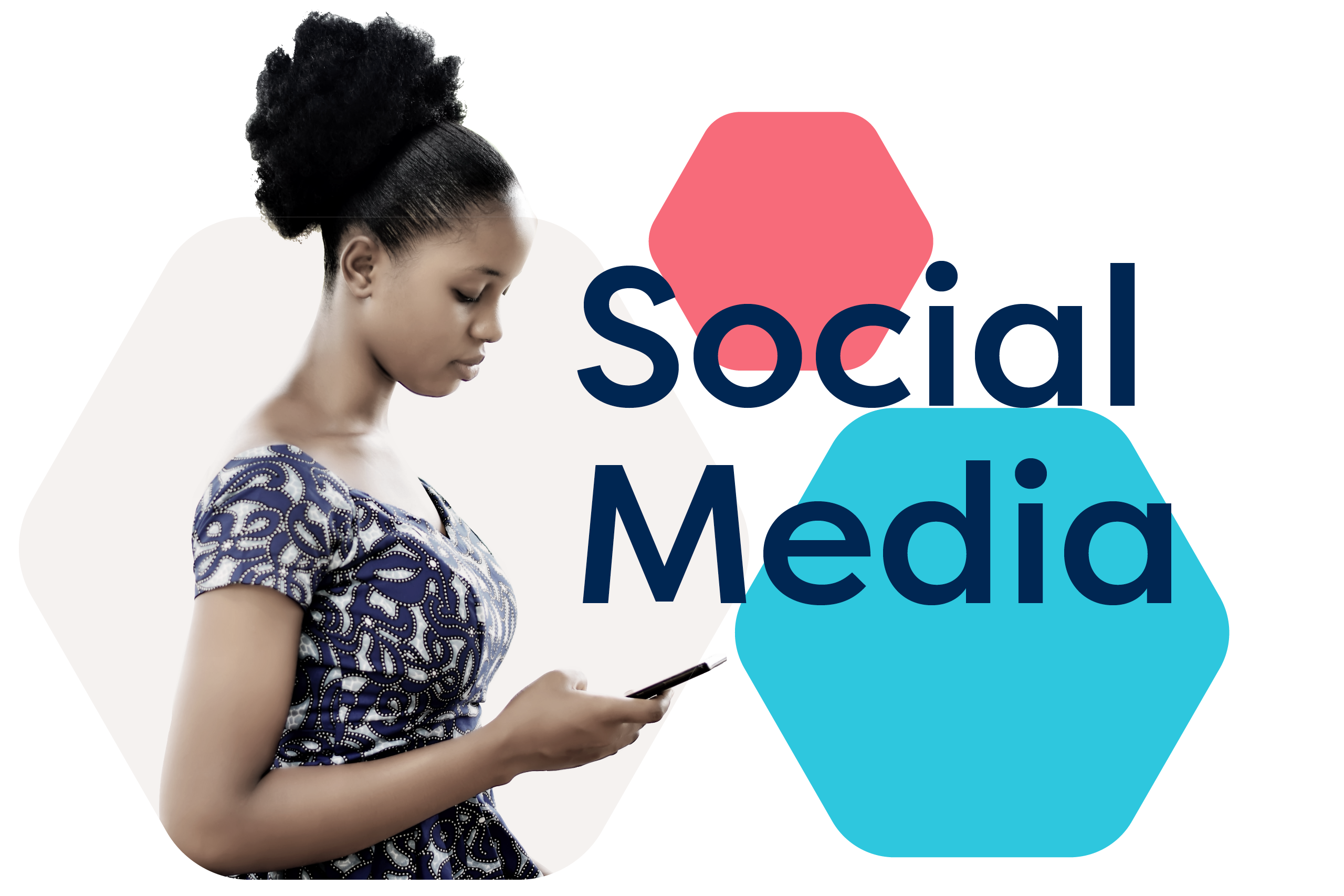
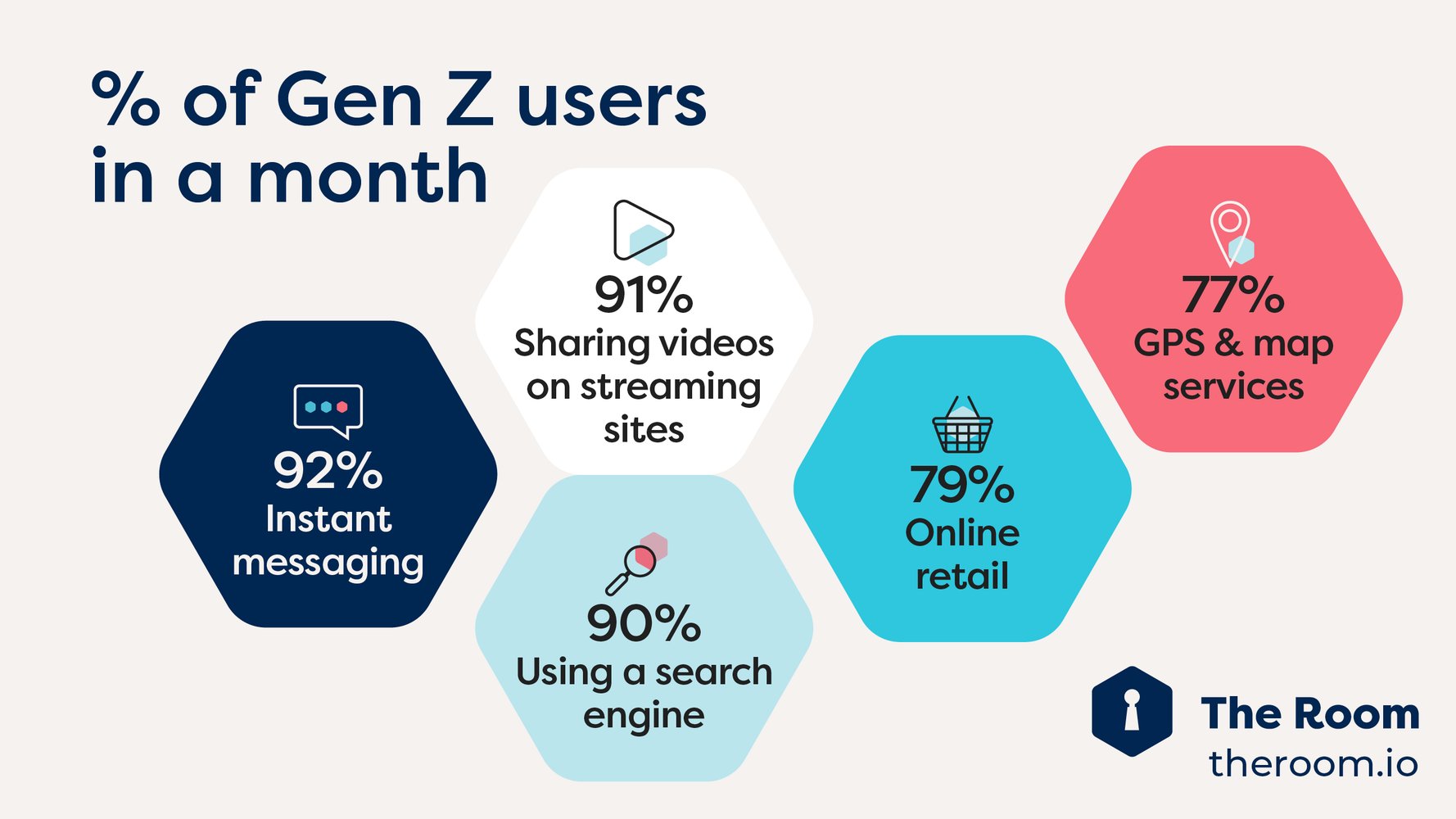
%20(2).png?width=1778&name=10%20for%20Gen%20Z%2025-02-226%20(1)%20(2).png)
.png?width=1778&name=10%20for%20Gen%20Z%2025-02-22_vis27%20(2).png)
